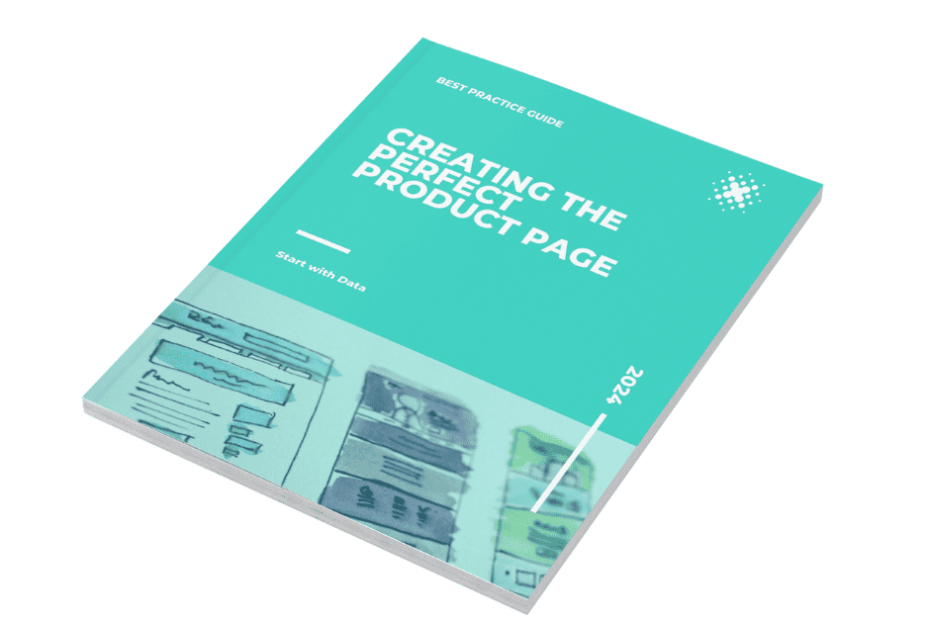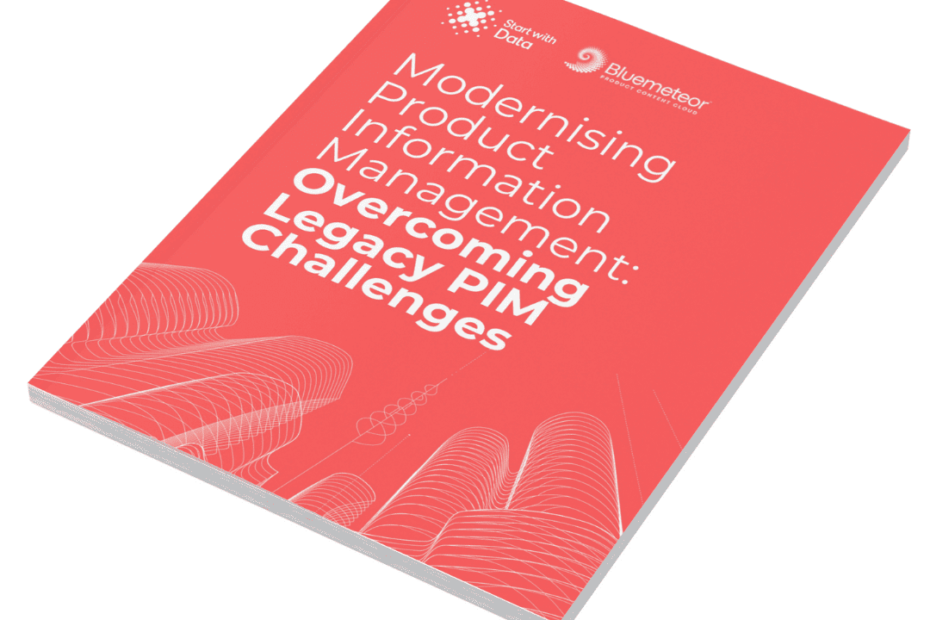What is Data Quality in PIM and Why Does It Matter?
In the realm of Product Information Management (PIM), data quality (DQ) is of fundamental importance, as it ultimately determines the efficacy of data-driven decision-making and the standard of the digital customer experience provided. Data quality in PIM measures how well a dataset serves user needs, especially in relation to its accuracy, completeness, consistency, validity, uniqueness,… Read More »What is Data Quality in PIM and Why Does It Matter?


















